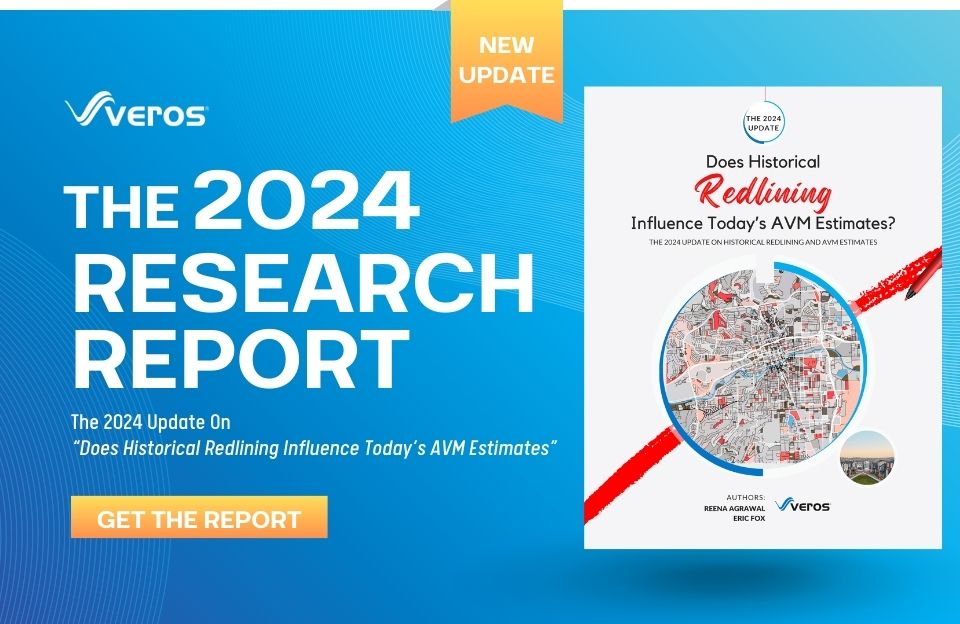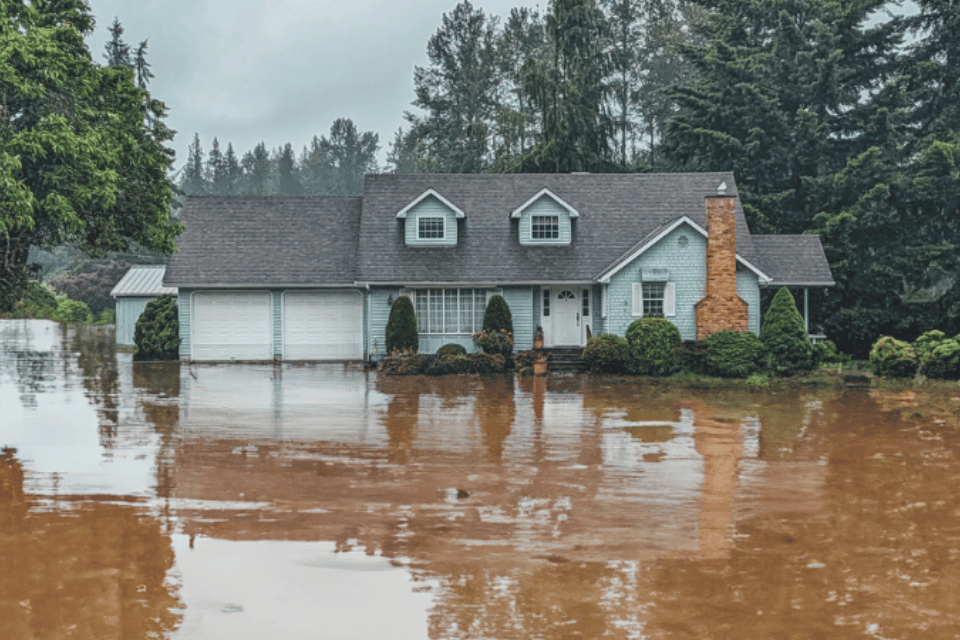While overall housing inventory has grown compared to recent years, it is only part of the story. Inventory levels have increased compared to last year or the year before. But, when we compare supplies to levels seen pre-Covid, then it is a more nuanced story. A comparison of months’ supply data between June 2019 and June 2024 reveals a stark contrast: some states are experiencing a surplus of homes for sale, while others face persistent shortages. This disparity is driven by a complex interplay of factors, including economic conditions, demographics, geographic attributes, government policies, and market forces.

Several states, including Montana, Florida, Colorado, Texas, Arizona, and Utah, are currently experiencing increased housing inventory compared to pre-pandemic levels. Notably, Florida, Texas, and Arizona have witnessed significant new home construction in response to the surge in demand during the pandemic. During the pandemic, mortgage rates dropped to below 3%, leading homeowners to refinance their mortgage contracts. Then in 2022, rates more than doubled in the span of a few months, which created the lock-in effect. Many homeowners are now locked into those low mortgage rates, reducing inventory of homes for sale. Homebuilders capitalized on the housing shortage by increasing production. However, the subsequent influx of new homes has led to higher supply and downward pressure on prices. Soaring home prices in these regions have dampened buyer demand. Moreover, escalating property taxes and insurance costs, driven in part by extreme weather and wildfire risks, have further burdened homeowners.
Conversely, Northeastern and Midwestern states are grappling with housing shortages. These regions have experienced stronger demand due to relatively lower home prices compared to the Sun Belt. Moreover, new construction has lagged that in Sun Belt states, and lower risks of natural disasters have kept insurance costs manageable, enhancing the region’s appeal to homebuyers. These factors have contributed to making some Northeastern and Midwestern markets particularly attractive to homebuyers.
While home prices in the Northeast and Midwest continue to climb, downward pressure on prices in other regions is offsetting broader market trends. As a result, the national housing market is characterized by rising inventory and modest price appreciation.










